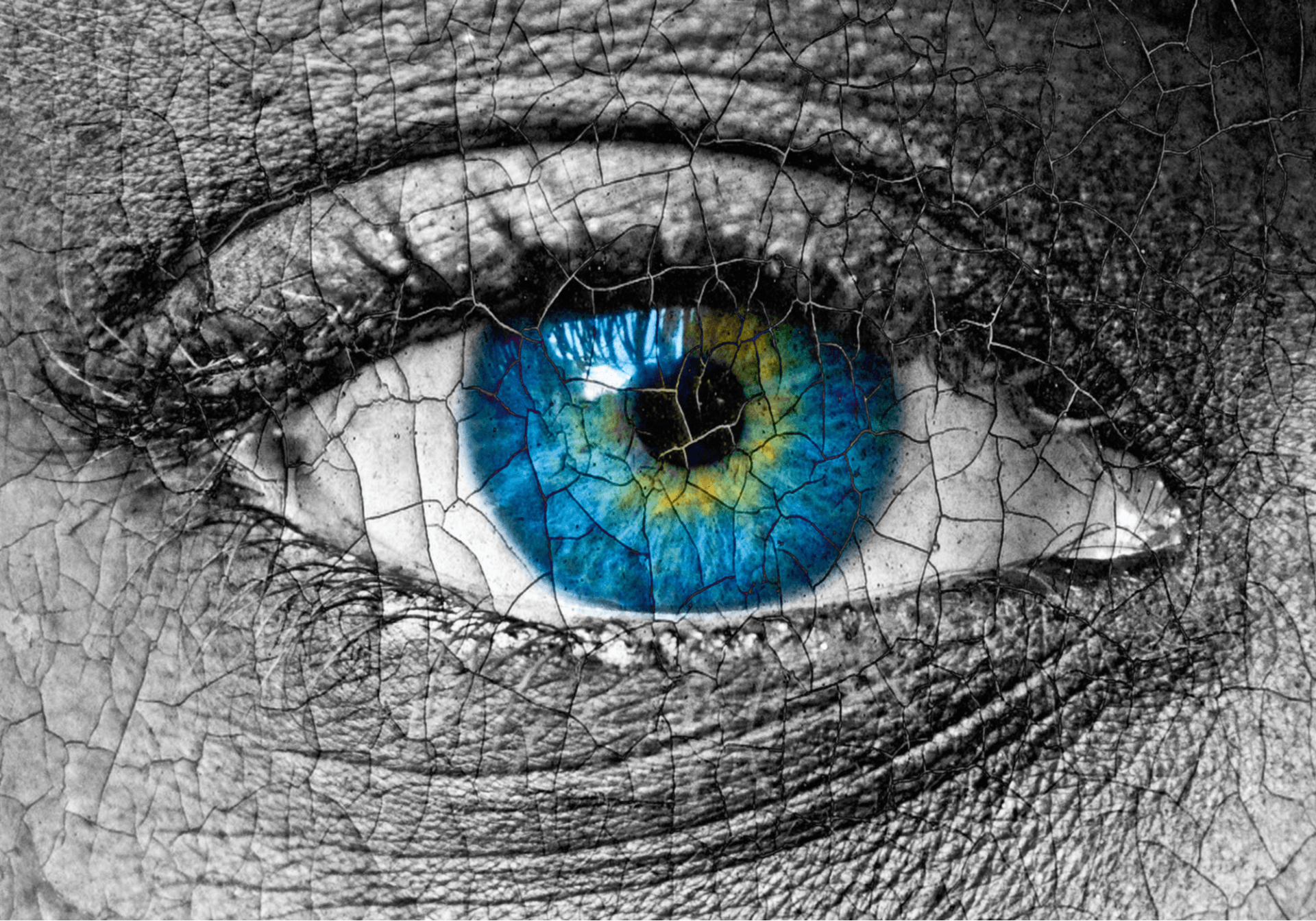Are bifocals my only option?

What is presbyopia?
Presbyopia is the term used to describe the natural aging of your eye’s lens which is inside the eye. In youth, the eye’s lens is able to bend and flex in order to accommodate for vision at all distances (for instance, looking at a magazine, then looking up and across the room). As we age, the lens becomes stiffer and less flexible. Eventually, this same lens will develop a cataract. This is a normal, and expected part of aging.
Symptoms
Typically, in the mid-to-late 40’s, patients will begin to notice difficulty with near tasks. They may feel their “arms aren’t long enough” as they must hold things further away to see them, have difficulty reading up close, or even need to remove their glasses to read. Most people will develop the need for reading glasses during this process and over time may require stronger reading power built into their glasses or bifocals.
Treatment
Reading glasses or bifocals
The most common way to treat presbyopia is with reading glasses or bifocals. This is the easiest (and cheapest) method of managing presbyopia. Adapting to a bifocal can sometimes take time but allows patients to have their reading power built into their regular prescription glasses. A cheaper alternative is often buying a cheap pair of OTC readers from the pharmacy or retail department store.
Monovision
Some patients who are not interested in wearing glasses may choose the option for monovision. Monovision involves wearing corrective contact lenses built to allow the dominant eye to have distance vision ability and the weaker eye to have reading ability. Monovision is not for everyone and requires the brain to adjust during a process called neuroadaptation. Some patients do not like having each eye performing a different task, but some adjust well. Many optometrists will allow for a monovision “trial” before setting a patient’s contact lenses for monovision.
Lens replacement or cataract surgery with specialty lenses
The most definitive treatment for presbyopia is replacing the eye’s natural lens, via surgery. The natural lens is removed, and a new lens is placed inside the eye. There are several options available to choose from when replacing the lens, but only a few that treat presbyopia. These lenses are referred to as “multifocal intra-ocular lenses” (IOL), and allow for vision near, far, and at intermediate distances. Premium lens options can help a patient be less dependent on glasses for most tasks, but some reading glasses may be needed for assistance depending upon the task.
It is important to note, that when there is no cataract present to cloud the lens and cause visual disturbances, insurance does not cover this procedure. Cataract surgery itself is covered by insurance, but any specialty lenses that treat presbyopia are considered “cosmetic” and out-of-pocket. Your surgeon will help you understand your lens options, whether you are a candidate, and expected outcomes based on your individual lifestyle and goals.













